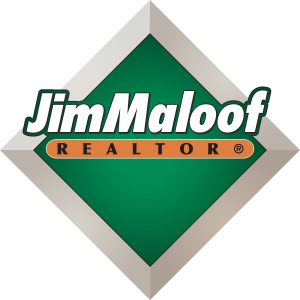🌊 Buying in a Flood Zone? What Peoria & Tazewell Buyers Need to Know
Imagine finding the perfect home—great layout, nice yard, just the right price… then someone casually drops:
“Oh, by the way… it’s in a flood zone.”
Deal breaker? Not necessarily.
If you’re buying in Peoria or Tazewell County, flood zones are a reality in certain neighborhoods—especially near the Illinois River, smaller creeks, and low-lying terrain. But that doesn’t mean you should run. It just means you need to be informed.
Here’s what Central Illinois buyers need to know about flood zones, how they impact your purchase, and how to protect your investment without panic.
📍 Where Flood Zones Exist in Central Illinois
In our market, homes located near:
-
The Illinois River (especially in East Peoria, Creve Coeur, and Peoria’s riverfront)
-
Farm Creek or Ten Mile Creek
-
Parts of South Pekin, North Peoria, or even Chillicothe
…may fall into flood-prone areas as defined by FEMA maps.
A home being in a flood zone doesn’t necessarily mean it floods—but it does mean there’s a measurable risk that lenders and insurers take seriously.
🧾 What Is a Flood Zone, Exactly?
FEMA classifies flood zones into categories based on risk:
-
Zone X: Minimal risk (not considered a flood zone by lenders)
-
Zone AE or A: Higher risk—flood insurance is usually required
-
Zone VE: Coastal—rare in Central IL, but sometimes shows up near rivers
Most homes that require flood insurance will fall into Zone AE or A. The maps are updated periodically, so what wasn’t a flood zone 10 years ago might be one today—and vice versa.
💸 How It Affects Your Mortgage & Insurance
If you’re financing the home, your lender will likely require you to carry flood insurance if it’s in a designated high-risk zone.
Here’s the catch:
Flood insurance isn’t included in your standard homeowner’s policy. It’s a separate policy and cost—and the price varies dramatically based on the home’s elevation and prior flood history.
-
Low-risk zones: Often $300–$600 annually
-
Higher-risk zones: Can be $1,500+ depending on the home
Pro tip: I always recommend buyers get a quote before going under contract—so there are no surprises once you’re locked in.
🏚️ What About Resale Value?
Flood zone homes can still sell quickly—if priced appropriately and marketed well. In fact, many buyers get great deals on homes in zones A or AE, then invest in proper floodproofing and ride out the risk with good insurance coverage.
But yes, it can reduce your buyer pool slightly—and that’s where your agent needs to be savvy about pricing, positioning, and educating future buyers. (Don’t worry, I’ve done it.)
🔧 How to Reduce Flood Risk
If you fall in love with a home in a flood zone, there are steps you can take to reduce risk:
-
Install a sump pump with battery backup
-
Elevate utilities like water heaters and electrical boxes
-
Grade your yard to slope away from the home
-
Seal foundation cracks and use water-resistant building materials in the basement
-
Apply for a Letter of Map Amendment (LOMA) if the flood map doesn’t match the actual elevation
I’ve helped clients successfully lower their insurance premiums and risk with these exact strategies—especially in East Peoria and South Pekin.
💬 The Bottom Line
Buying a home in a flood zone isn’t a deal breaker—but it’s not a detail to ignore, either. If the price is right, the home is solid, and you understand the insurance and resale implications, you could be looking at a smart investment.
As long as you’ve got an agent who knows the local geography, the FEMA process, and the right questions to ask during inspection… you’ll be just fine.
Let’s find you a home that fits your lifestyle and your risk tolerance.
📞 309-200-5480
🌐 CallDuvall.com
#CallDuvall #JimMaloofRealtor #PeoriaRealEstate #FloodZoneInfo #CentralILHomes #TazewellCountyRealEstate #PeoriaIL #SmartHomeBuying #FirstTimeBuyer #HomeBuyingTips

 Facebook
Facebook
 X
X
 Pinterest
Pinterest
 Copy Link
Copy Link








